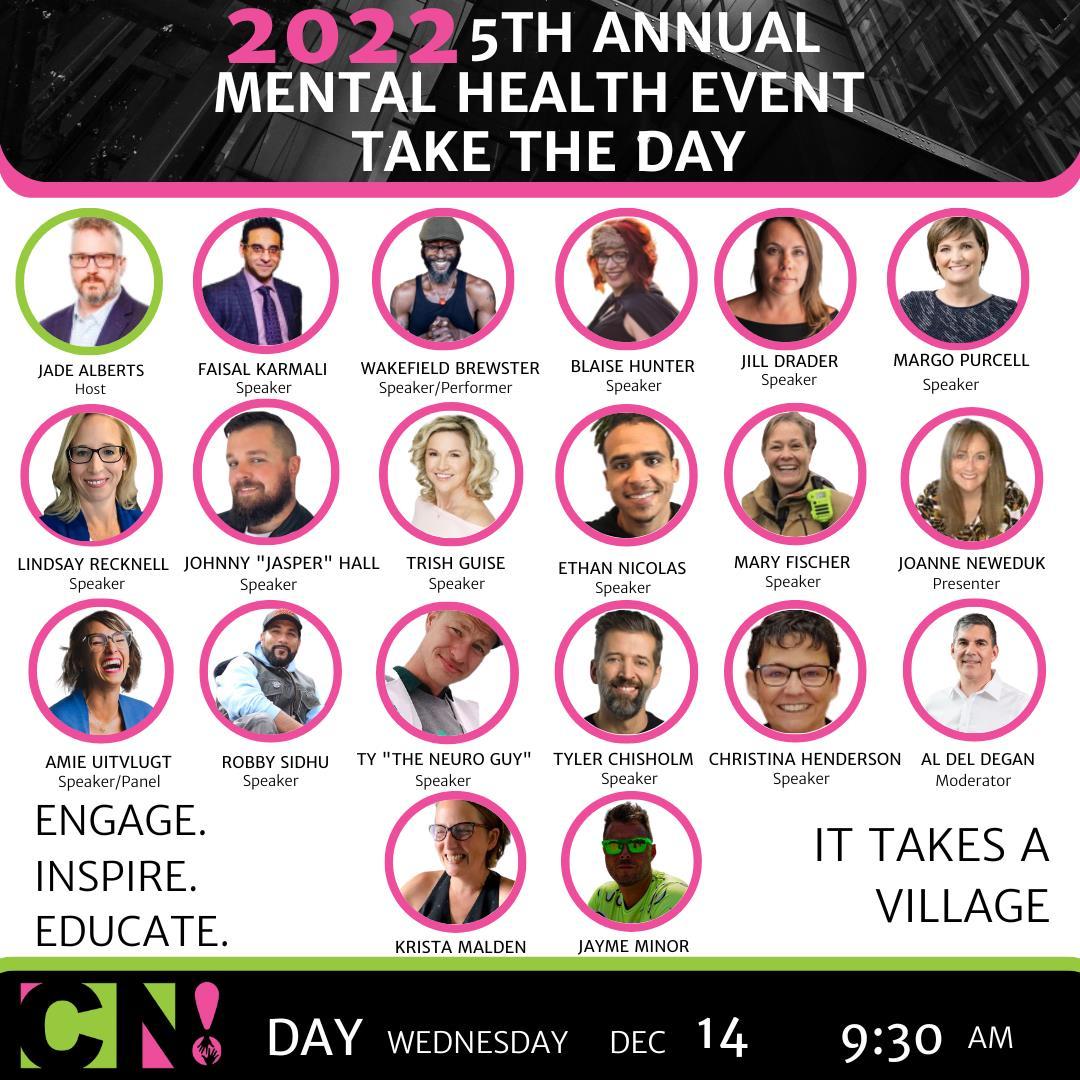







Naftalan or Naphtalan is a type of crude oil. It is named after Naftalan, Azerbaijan, where it is found. It is known for its highnaphthalene content and use in alternative medicine. While Naftalan crude oil is too heavy for normal export uses, it contains about 50 percentnaphthenic hydrocarbons. In Azerbaijan, people using the oil generally sit in a bath and are covered in oil up to their necks. Medications, which are produced from the natural products, have always been in the focus of scientific interest.
Specificpharmacologicalproperties.Naftalan oil has strongbiological activeness. Thereare following known effects on humanbody:
anti inflammatory (reduce exudation, strengthen leucocytes’ phagocytal activeness)
Resorptional (e.g.,promotes hemorrhages’ resolution)
Anesthetizing (inparticular, local anesthetizing effect)
- Regulation of hormones metabolism (e.g. can stimulateactivity of adrenal glands’ cortex). It’s also known that naftalan oil can influencedurationsof hormones activity,aswell as mediators and otherbiologicallyactivesubstances.
Absorption of ultra violetrays (sunscreen effect)
Naftalan is unique combined multicomponent, balanced, medical composition, produced by nature for centuries. It has polyvalent effect on organism. It’s proven that it stimulates protein and nucleic acids synthesis, has significant mitogenetic effect on skin epithelium, and has anti-inflammatory, resorptional, hypocoagulative, desensitizing, would healing, and painkilling effects. Naftalan has an effect on lipide and electrolytes metabolism, normalizes blood cells composition, participates in hormones’ regulating process. Naftalan is used in native, refined and deresined forms, as well as in various medication forms, mostly for external use. It is effective to use naftalan in clinical and balneology practice, in particular in dermatology.
Not Just Energy Azerbaijan's Medicinal Oil Society Visionsof Azerbaijan Magazine Naftalan Naftalan oil and itsuse in medical practice(naftalangroup.ru)

written



This
may
of the
All rights
in


 Peter Lafontaine
Peter Lafontaine
I am all over growing businesses that are purpose driven and profitable. I ride my bike to work year round, not because its green but because it keeps me healthy, it is fun, and it is cheap. I am a big believer in technology and ESG but perhaps not in the way some people understand ESG. I see it as a re naming of HSE (health safety and environment and social responsibility). I stood up at the UCP AGM and got ESG accepted into the policy framework for the party and province. Why you might ask, if ESG is anti fossil fuel would I do that? The answer is simple because Western Canada is a concrete working example of how to do the energy industry very well, we are improving our practises faster than anywhere in the world and we have the resources, people and intelligence to become a global superpower. But we have been browbeat into thinking we are all doomed unless we deal with the “climate emergency”.
Seriously, from early days in school, into college, university and in my working career and through my entrepreneurial ventures I have been subscribing to the notion that we are stomping on fragile mother nature. Even today, our team is building an ESG based company called Rainforest Energy Corp. following all these same principals. We are using technology that we know, following proven engineering practises, adding life, community skills in a shared partnership model that is profitable without carbon credits. We qualify for significant carbon credits but to depend on them long term is far too risky because our facilities need to last and generate revenue for multigenerations… not a green stock flip.
What do communities and fossil fuels have in common? Life, prosperity, health, comfort, mobility, education and resources to survive our ever changing climate. Why do we need fossil fuels? Because we depend on them for positive human development. We depend on them for our future generations and their wellbeing. My indigenous partners agree. Yes, we will continue to evolve our energy sources including Nuclear, but the simple fact is fossil fuels are good for us and for the other humans on the planet. Why? Because they are cheap, reliable, scalable and are the underpinning of everything we need for human survival for the foreseeable future.
Put it this way, if we take away fossil fuels most of the people on this planet will need to migrate to warmer climates or die! And when they get there, they will need to fight one another for scarce resources. Without fossil fuels we will not have the resources to mitigate weather events, floods, fires, drought, crop damages and sea level rise. And we certainly won’t have the money to share with other countries and communities that need our help! Yes, we need to plan our futures, continue to respect mother nature, get outside and enjoy nature but just imagine your next visit outside in nature and staying there without products from fossil fuels, for the next two weeksor twomonths or two years?
Is the planet about to collapse? Maybe, but not because of increasing levels of CO2 from fossil fuels, it is a myriad of considerations and a myriad of solutions that we must consider including thehumancondition.
Humans are part of the ecosystem; we and our communities need more fossil fuels not less!
We have gone through so much over the past few years with covid, isolation, community disruption, workplace, education and then with the weight of our disintegrating planet! Enough is Enough! Its time to be better! Peter Lafontaine
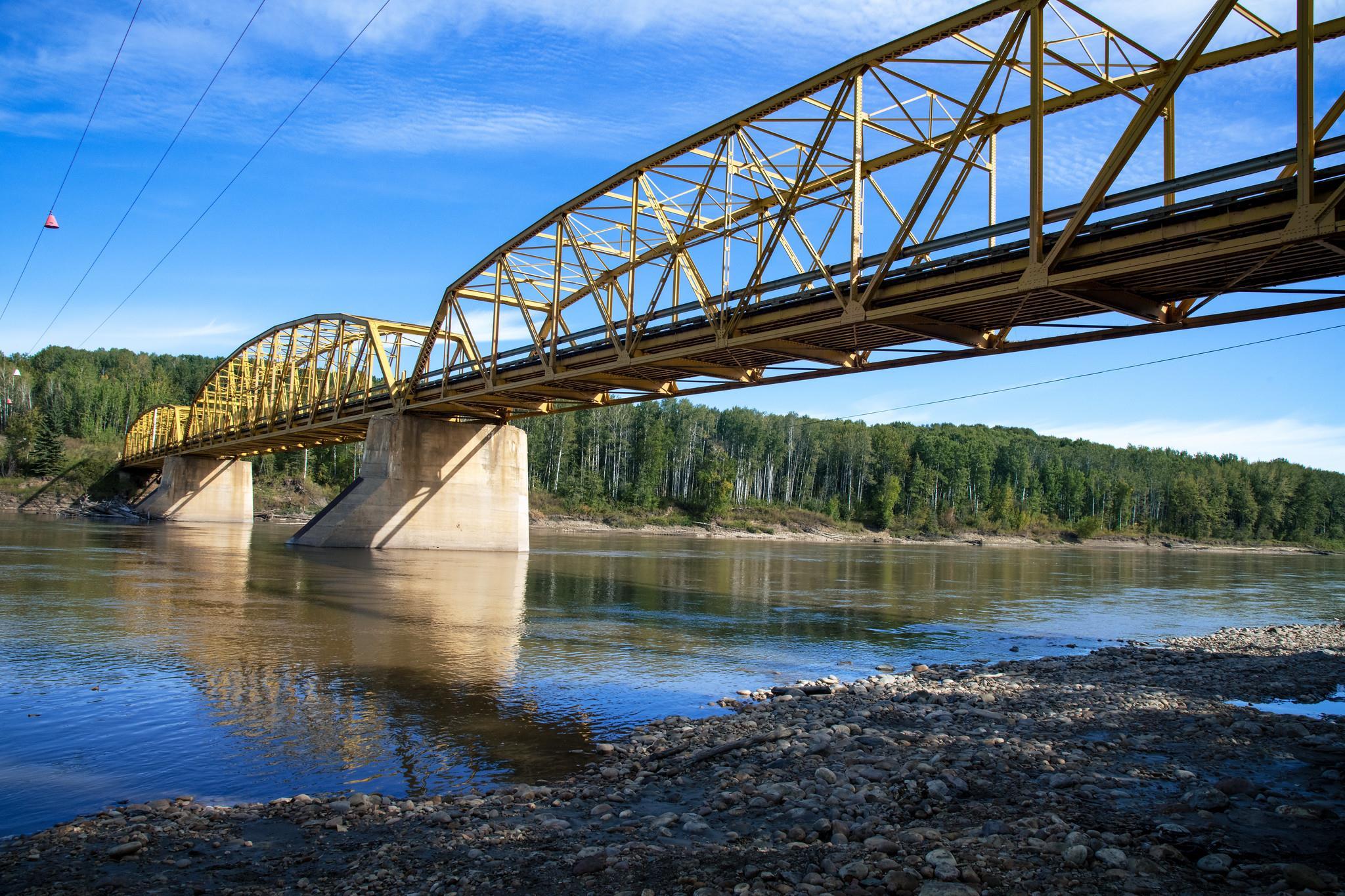
What do mental health and fossil fuels have in common? They are both part of the human condition on earth!
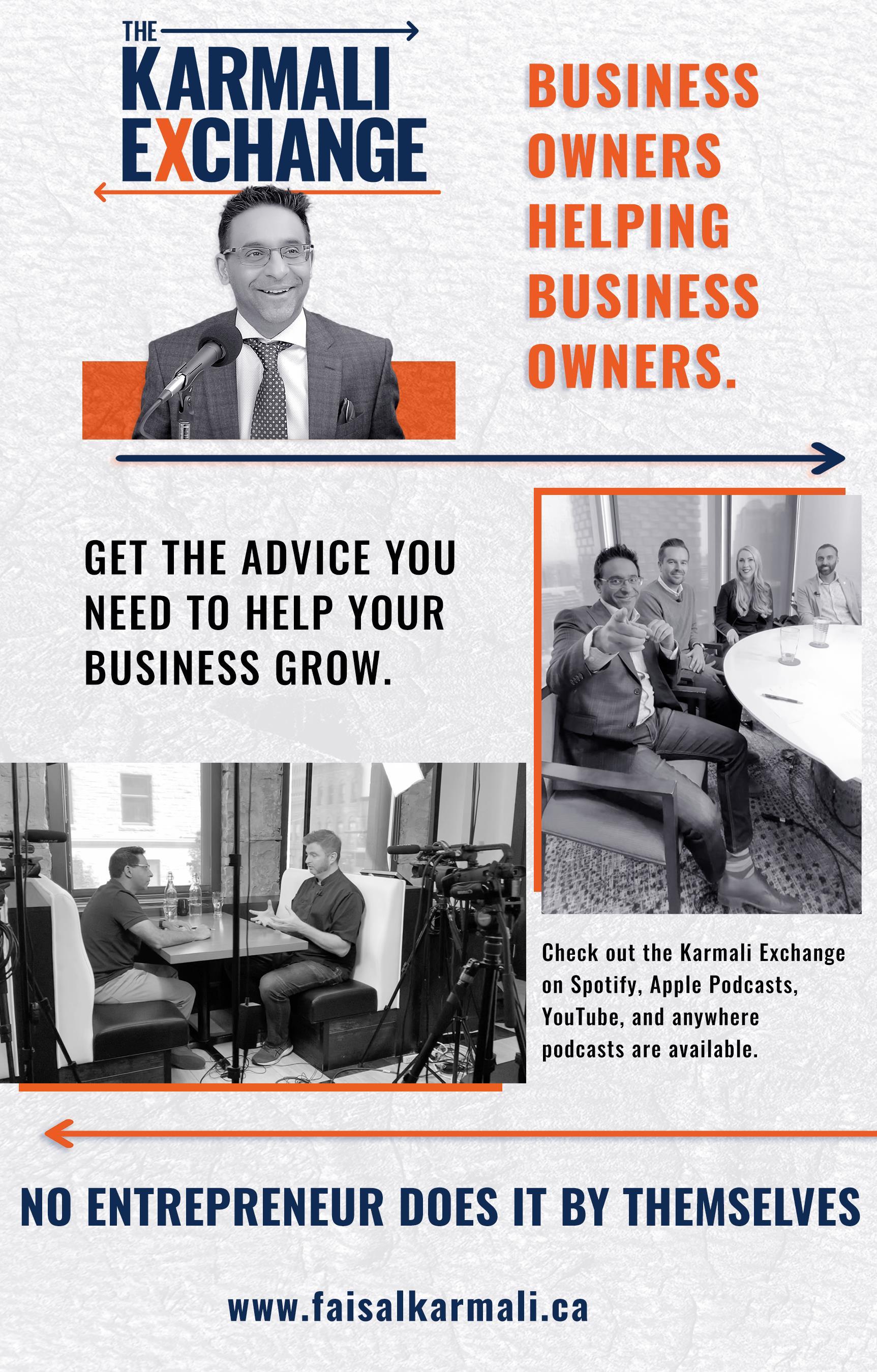


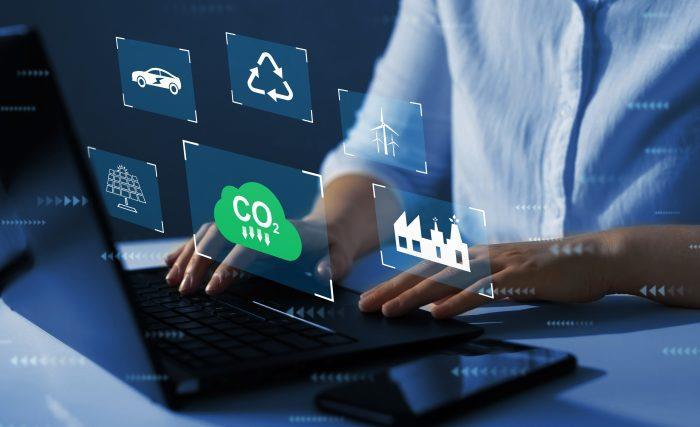
Alberta’s energy sector is Canada’s economic engine and is constantly innovating both internally and with partners. The work of researchers and entrepreneurs around clean energy technology is instrumental in helping Alberta meet its net zero targets.
As Alberta continues to diversify its economy, innovations like the ones happening in these projects are critical. The projects being supported today are an important part of that diversification and are creating jobs. To date, these projects have created 200 jobs and that is expected to increase to more than 1,900 in five years.
The province is investing $13 million to support 22 projects through Alberta Innovates. Thirteen projects are receiving funding through the Digital Innovation in Clean Energy (DICE) program and nine projects through the Clean Resources business unit.
The DICE projects being funded are part of that program’s second phase and support business transformation, clean technology, and innovative production and distribution. These digital innovations will develop and bring technology to market that creates jobs in the digital economy, improve the efficiency of energy production at all levels, reduce greenhouse gas emissions and contribute to environmental innovations in water and land management.
Projects funded through Alberta Innovates’ Clean Resources business unit fall under one of five streams: clean technologies, digital clean energy, environmental technologies, partial upgrading and recovery technology. The solutions being worked on include reducing building utility costs and emissions with digital transformation software, augmented intelligence to lower carbon dioxide and engineering and development of asphalt from Alberta bitumen.

Digital transformation has been sweeping across society for over a decade now and has finally arrived in oil and gas. Other industries provide stark warning about the consequences of delay, and the prize that awaits the swiftest to embrace.


Digital has been a thing in our society now for over a decade. Digital businesses and models have so thoroughly permeated our daily personal lives that we are startled when we encounter the odd business that is still operating as if smart phones and websites don’t exist.
With hindsight it’s rather easy to tell if an industry has been disrupted by digital innovation. It’s much harder to detect the early signs of impending change. For example, Tesla today is valued at more than the valuation of the next six automakers combined (Ford, GM, VW, Daimler, Toyota and Honda). But when Tesla first started, its early cars barely worked and none of the big automakers gave Tesla a thought. Meanwhile, Tesla was busily reimagining the car as software on a battery electric platform, while the incumbents regrettably held firm to the 1910 concept of a car as a stand alone fossil fuel mechanical marvel. VW has now been forced into dismantling itself (by spinning off Porsche) to raise enough capital to devote to the task of replicating Tesla’s new business model.
This same story line new business model trumps old has played out in areas as diverse as telecommunications, entertainment, tourism, financial services, the public sector, security,andmany others.
But what about energy? Is energy susceptible to digital’s allure? Our industry is different, right?
The business case for digital adoption, even in heavy industries like oil and gas, is economically compelling. In November of 2017, the International Energy Agency published a major study outlining the impacts that “digital” would have on the fortunes of the energy industry, encompassing oil, gas, and power.

According to the IEA, digital innovations lower the cost of energy production and distribution by 20% or more. Digital improves the productivity of all assets in the energy production value chains by 20% or more. And digital also reduces carbon emissions by optimizing energy use by energy assets, and energy consumption in building and maintaining energy assets. Those energy companies that have moved to install digital innovations routinely claim benefits far in excess of these already impressive targets.
Also in 2017, the highly influential CERAWeek event declared digital to be the latest must do in oil and gas. Digital adoption in oil and gas was doubly endorsed.
Digital adoption, however, is now intimately linked to two additional factors. First is energy transition. The Paris Climate Accord of 2015 commits its 196 signatories to peak their carbon emissions as soon as possible so as to limit global warming to 2 degrees or less, based on pre-industrial levels. In effect, we collectively agreed to decarbonise our economies, a task that many companies have concluded cannot beachieved without digital.
Capital markets have taken note and funding for the growth of the industry became constricted, leading up to today’s energy shortages and price inflation. Even insurance became hard to access as few funds wish to be seen profiting from or investing in an industry that is both shrinking and viewed as heating uptheplanet.
In the interim, capital has now become thoroughly enamoured with digital businesses. The valuations of Amazon, Alphabet, Apple, Microsoft and Facebook are leaguesahead of energy.
The second factor is talent. Young people globally were awakened to the consequences of fossil fuel combustion in 2018 with Greta Thunberg’s global student strike. Today, young people are not interested in long term careers in an industry that society claims it wishes to transition from in the short term. The best and brightest engineering talent is attracted to the digital sector, with its promise of an urban lifestyle, good pay, and potential capital upside. The oil and gas industry remainsheavily dependent on a vigorous workforce willing to cope with the harsh physical work demands of the industry.
For oil and gas companies, the industrial logic of digital adoption is now both economic and existential. Digital pays for itself in cost, productivity and emissions gains, and without it, industry has little chance to attract the talent and capital it needs to evolve and adopt new business models.

“ For oil and gas companies, the industrial logic of digital adoption is now both economic and existential.”
Digital transformation is the result of a progressive’s series of changes that companies undertake to overhaul their business processes and practices leveraging modern digital technologies. To digitally transform, a business challenges its key operating norms and orthodoxies which may be no longer tenable given digital technologies.

For example, prior to the pandemic, virtually all of oil and gas accepted the norm that intellectual work is best accomplished in an office setting. Within two weeks, however, virtually all intellectual workers were dispatched to their kitchens, bedrooms and garages, and the industry has carried on in this mode for three years, without hiccup.
The enablers of the virtualization of intellectual work are home networks, laptops and tablets, collaboration software, meeting solutions, and cloud data storage, much of which had been installed ahead of the pandemic.
For oil and gas companies, any business process or practice that has not been dramatically altered in the past 5 years is likely labouring under a set of dogma, norms, orthodoxies and generally accepted business rules that are obsolete. As Cisco points out in their book ‘Digital Vortex’, everything that CAN be digitized—from products, to services, to entire value chains WILL be digitized. There are limitations of course physical devices are subject to the laws of physics.
However, the rapidly changing cost and performance curves of computer chips (for data storage, computations, and communications) make the addition of digital smarts overwhelmingly compelling. The underlying building blocks of digital (computer chips) behave according to Moore’s Law a doubling of capability every 18 months along side a 50% reduction in cost. Digital’s economics follow Metcalfe’s Law networks are valued at N squared, where N is the number of nodes in the network. Digitally enabled network businesses aim for valuations according to Metcalfe’s Law while growing according to Moore’s Law (or 40% compounded annually). They are enormously valuable, fast growing, and talent magnets.
To drive this pace of innovation, digital companies also operate differently, using methods such as Agile. They are obsessed with things like data, ease of use, rapid innovation cycles, gamification, scalability, and speed ofdeployment.
Oil and gas companies must also confront the yawning gap between the pace of digital change and the pace of change in the energy industry if it hopes to be digital. Energy adopts change only slowly for safety, integrity, and reliability reasons. To be digital means companies must also change how work gets done along the same lines as digitalcompanies.
Much depends on having access to the right talent with sufficient industrial know how, digital smarts, and change management chops to power thetransformation.
The case for oil and gas to digitally transform is both economically compelling and existentially required. If oil and gas doesn’t embrace digital, it becomes increasingly difficult to attract capital, both money and talent. Fortunately, capital markets have not declared any energy company yet in a breakout from the pack, so there is time. New business models await. But be not like the automakers, who dithered until it was far too late.
Written by the world’s leading experts on the intersection of digital technologies and theoil and gas industry.
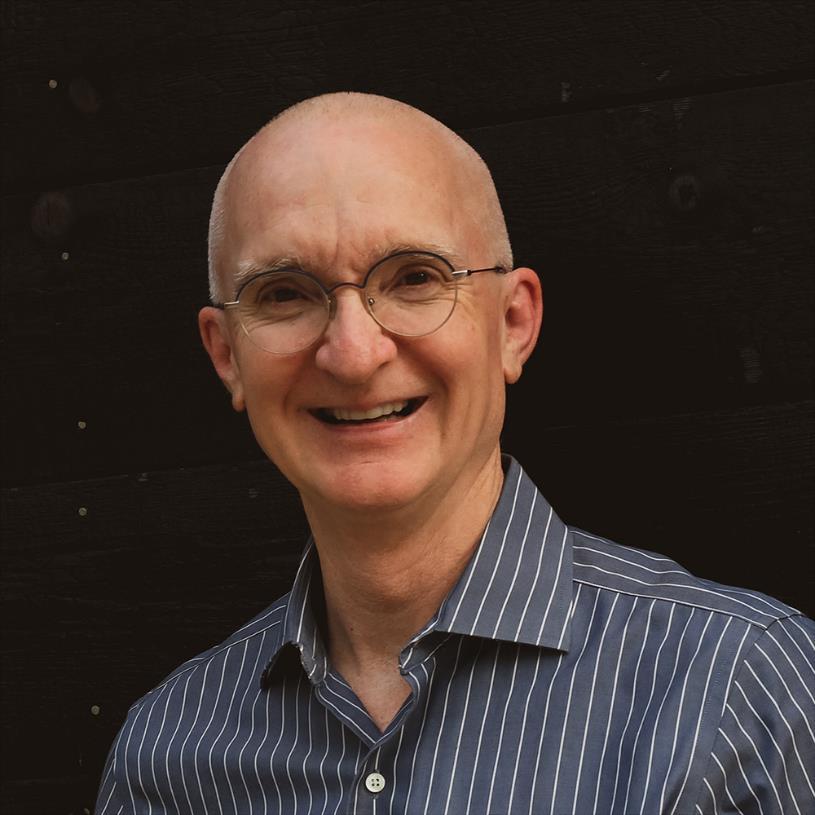

Bits, Bytes, and Barrels sets out the reasons why adoption is slow, describes the size and scale of both the opportunity and the threat from digital, identifies the key digital technologies and the role that they play in a digital future, and recommends a set of actions for leaders to taketo acceleratetheadoption ofdigital in thebusiness.
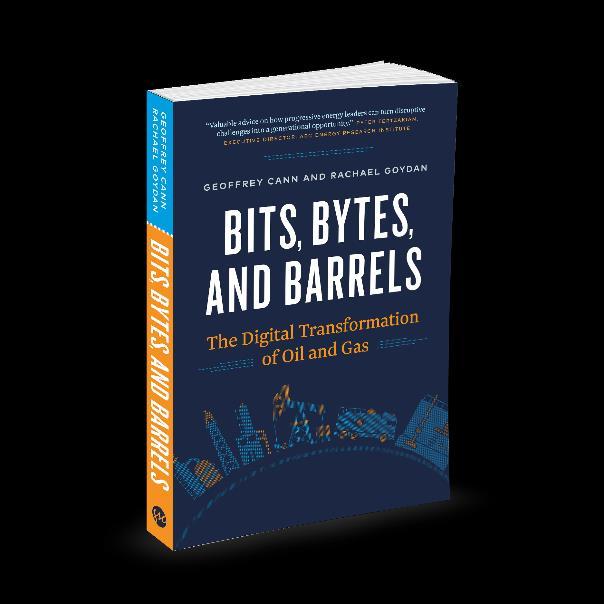
https://www.amazon.ca/dp/1999514904/
Carbon, Capital, and the Cloud explains how to do “digital” better and faster. Innovators in all sectors Upstream, midstream, downstream, integrated, and services have reaped the benefits of going digital. Examining these successes, the authors offer tactics and strategies for industry decision makers for effective digital adoption.
https://www.amazon.ca/dp/1774582236/
 Geoffrey Cann, Author,Trainer,Speaker
Geoffrey Cann, Author,Trainer,Speaker
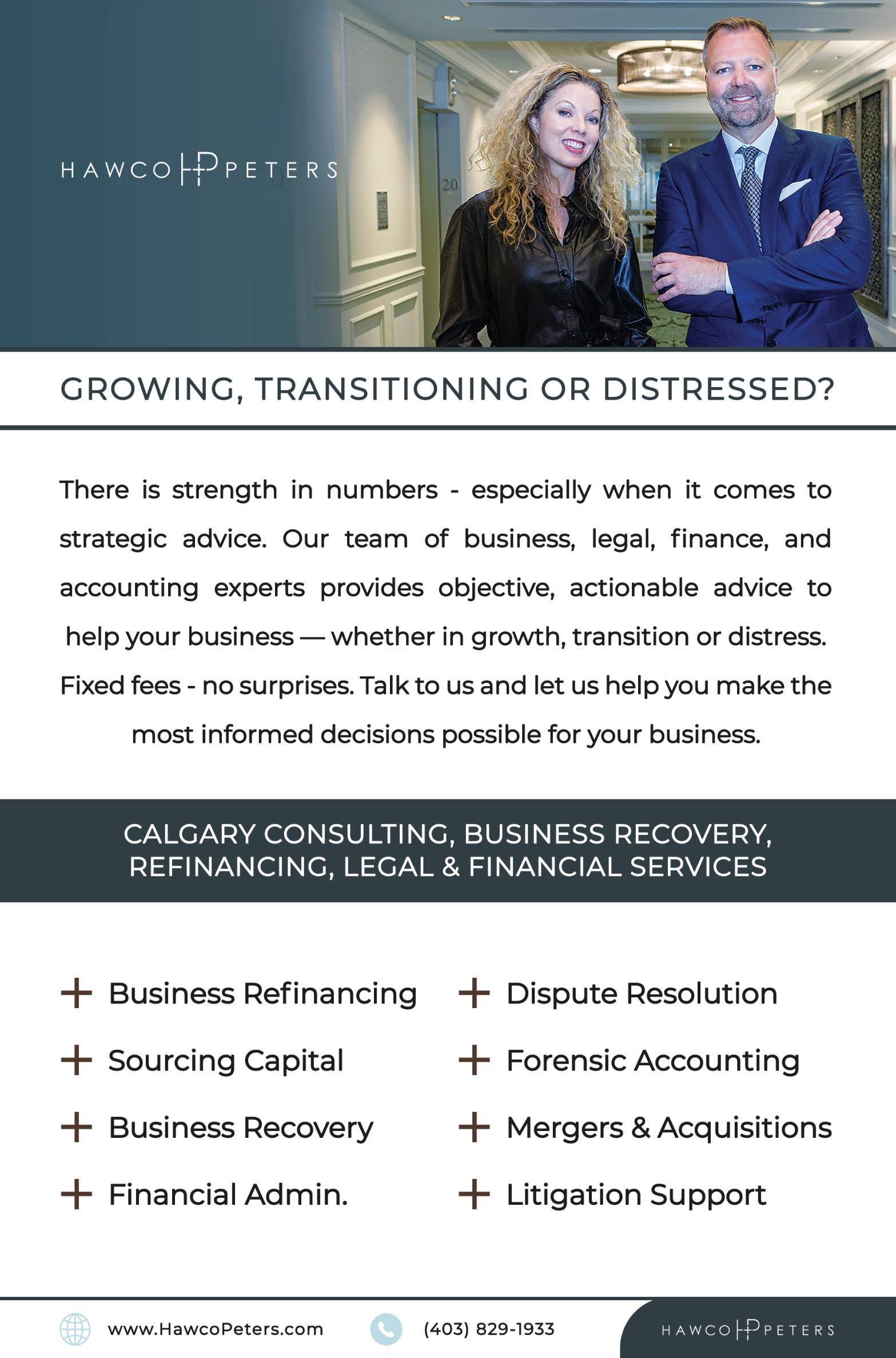

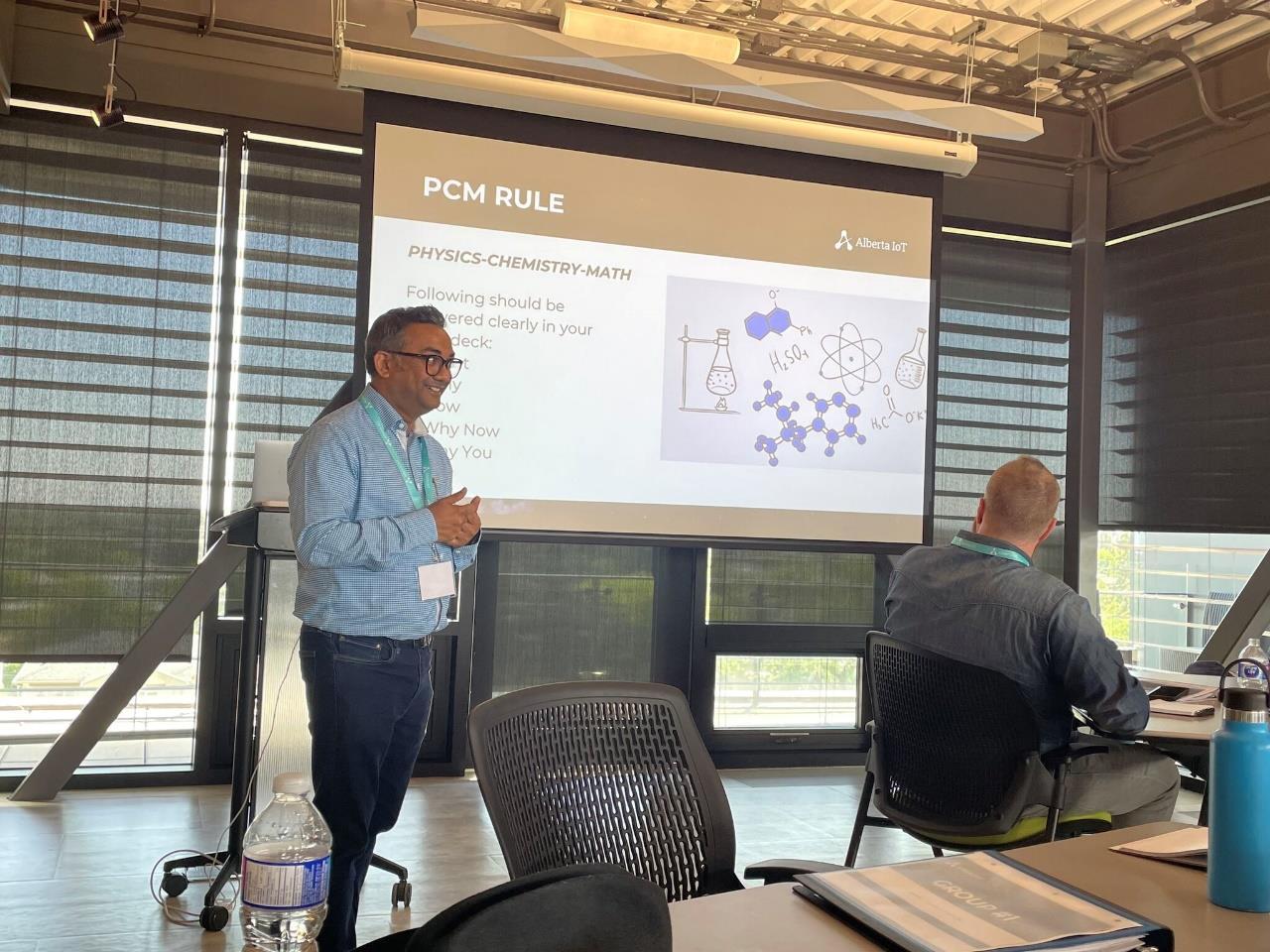
Building and strengthening the ecosystem is done by proving space for learning, connecting, exploring and funding. Alberta IoT is doing exactly that. Meet Executive Director Brenda Beckedorf and Advisor James Freeman.

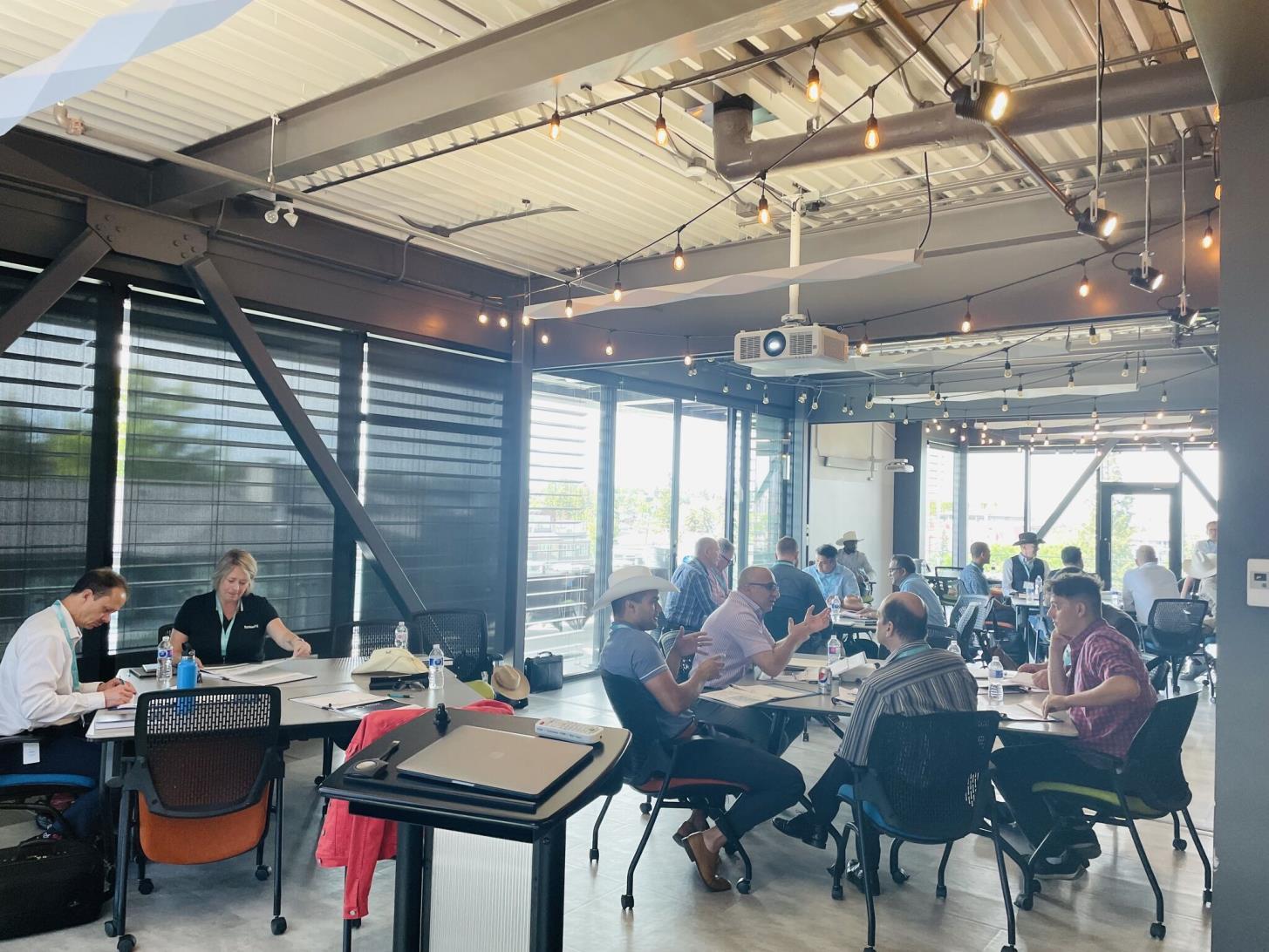
“
As a technology executive and early-stage investor, I understand the power that business models enabled through IoT have. In working with AB IoT to make possible Investor Readiness training, I am pleased to give back some of my experience so that the next generation of companies may succeed.”
–James Freeman

James is Senior VicePresident,Digital Strategy atWestgen Technologies Inc,a Calgary based technologycompany thatprovides low cost clean off grid power solutions toOil & Gas customers and other industries. He has over 30years of technology andmarketing experiencein telecom,electricutility, upstream oil and gas,and agriculture sectors in early stage,scale up,and large enterprises. James was thelast CTO atZedi Solutions,an Alberta based IoT platform serving theoiland gas industry and is anactiveangel investor and member of Valhalla Capital,Vantec and Angel Forum. He isBoard Chair atTRIG, a Calgary based IoT firm offering solutions for therail industry. He is also an EiR with Foresight and a veteran ofmany Alberta StartUp TNT InvestorSummits. James recently becamea Venture Partner with Weave VC,a new seed-stageinvestment fund. James isa Professional Engineer, holds aMSc Degreein Electrical Engineeringand an MBA,both from theUniversity of Alberta,and is aFellow with theRoyal Canadian Geographical Society.
Brenda Beckedorf started hercareer in technologywith Graycon Group as Director of Business Development for Canada. Shemoved on to start her own company,Launch Strategic Group,in 2017witha focus on supporting growth in technologycompanies through sales strategies.

Ms. Beckedorf worksclosely with companies thatfocus on IoT Solutions across verticals such as mining,farming,and oil & gas to increase theirmarkets, addingprocess and establishing new verticals.Shehas avast array of vendor and partner connections thatbring increased valueto thosewho work with her.

 James Freeman; Advisor at Alberta IoT,
James Freeman; Advisor at Alberta IoT,
The term IoT, or Internet of Things, refers to thecollective networkof connecting.
IoT is sensors, software, and other technologies tied to a network for the purpose of connecting and exchanging data with other devices and systems over theinternet.

“IoT empowers our business community and people to make decisions based on data gathered. More importantly this allows our community to expand and play on the world stage.”
Brenda Beckedorf
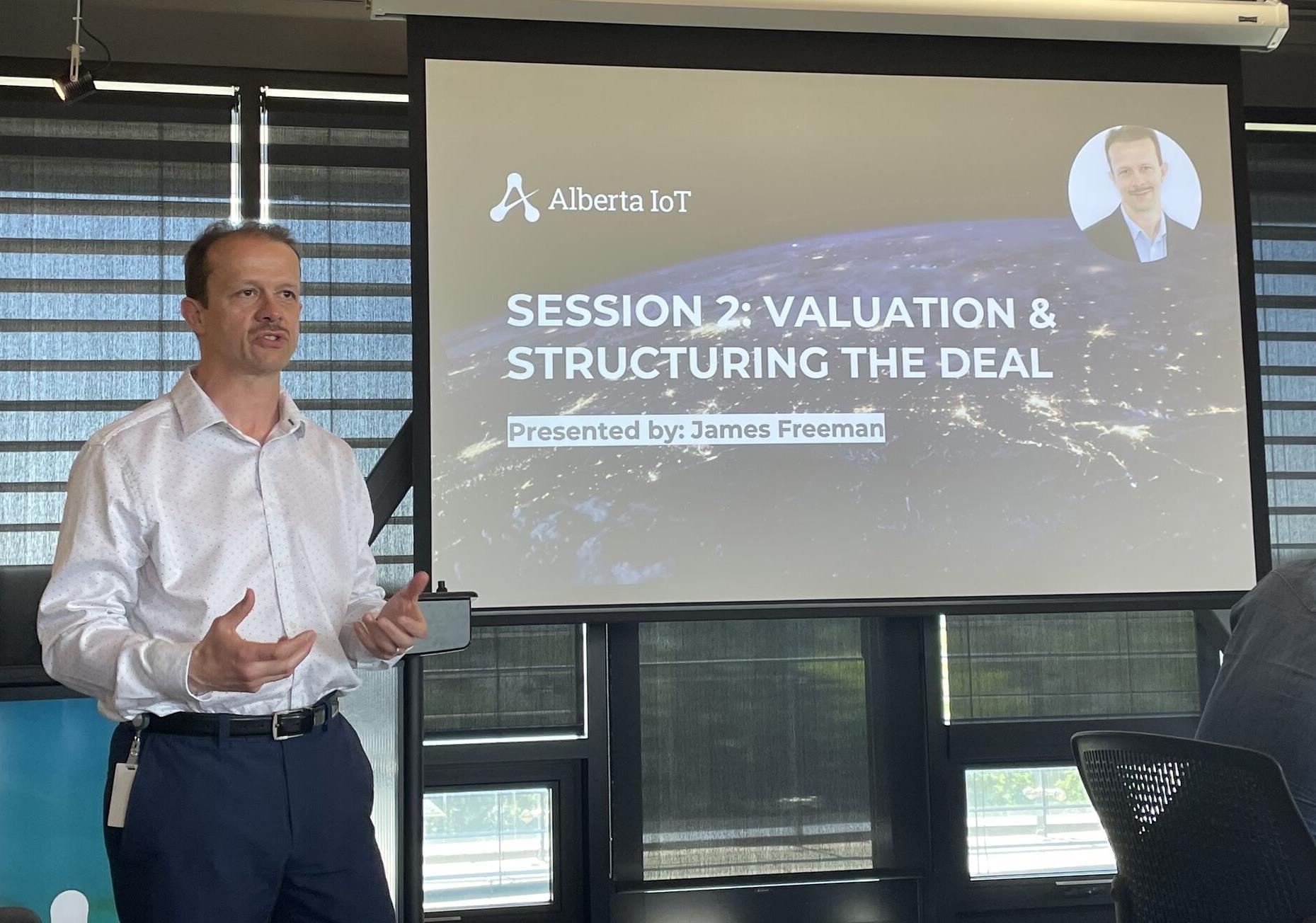

“The Alberta IoT member community has the potential to be a grow engine for the province. In addition to helping build management talent in these companies with theFast Trakprogram.
Alberta IoT is expanding opportunities for the technology community to learn about and connect with local investors who can finance these growth companies.” James Freeman.
At Alberta IoT, they focus on bringing people, businesses and growth to the economy through supporting and creating opportunities for businesses who are ready to scale. But they are also creating opportunities through IoT for businesses, founders, investors and advisors to connect and learn through each other.
“Early stage companies benefit from support on market access, capital, and talent. I’m pleased to say that AlbertaIoT is working on initiatives to address all three.” James Freeman.
The Alberta IoT Centre of Excellence exists to nurture and accelerate the success of Alberta’s Internet of Things economy, contributing to Alberta IoT’s overarching mission: To position Alberta as a world leader in Internet of Things and emerging technologies.
How they do it? By recruiting new businesses and IoT expertise, coordinating research & innovation, and providing access to resources that support business growth. They focus their efforts on Company Recruitment; Digital Talent; Capital Investment & Funding; Branding & Reputation;and Policy& Reputation;and Policy.
Think about the possibilities for the economy within IoT. Join a growing community to be a part of creating a stronger more diverse future for everyone.
The Internet of Things is and will continue to change the world.
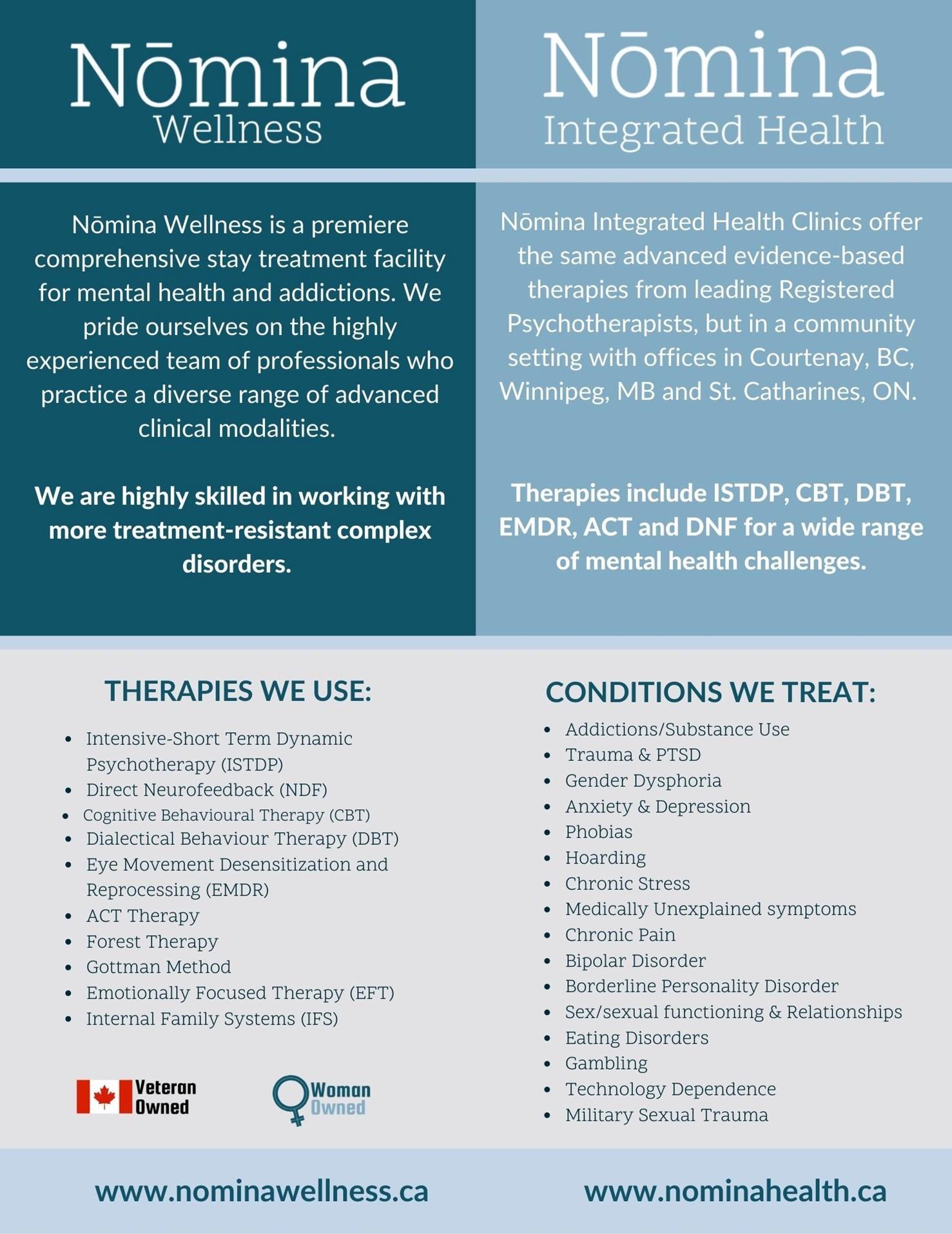
Canadian businesses are experiencing a large increase in cyber attacks. Ransomware and data theft are on the rise due to the increased rate and sophistication of nation state sponsored attacks.

Many small businesses believe that they are already protected by their software vendors or rely on their IT person to provide security. A good Cybersecurity program offers a wholistic multi layered approach and should be designed by specialized security experts. With the rapid advancement of new malware technologies, tactics and attack vectors, it is very difficult for small and medium sized business to keep up to date on these advances while focusing on their core business. Ammolite Analytx offers affordable services to enhance cybersecurity for small and medium sized businesses, delivered by highly experienced, multi domain security experts. Their team consists of former cybercrime officers, military leadership, ransomware negotiators, data privacy and governance experts, chief information security officers, data analysts and intelligence officers. Most have over 20 years of digital and physical securitymanagement expertise.
“
Cybersecurity for Small & Medium Sized Enterprises is Essential.
Due to the rise in cybercrime, many insurance companies and lending institutions are requiring a third-party objective security assessment of organizations to obtain cyber insurance and funding. Typically, only large enterprise organizations have been able to afford to hire an internal security team to meet these more stringent requirements.
“We offer a team-based approach at an affordable price, lending our expertise to assist the existing IT providers. We teach our clients to help prevent security breaches by performing security assessments and developing customized programs tailored to their organizational needs. In the event of an attack, we help to negotiate ransomware to mitigate the size of the loss. Post breach, we complete forensic investigations and develop remediation plans to minimize the possibility of a repeat attack. “ – Cara Wolf

New regulations are being developed to ensure cyber compliance. Companies are facing litigation and criminal charges for not reporting breaches or maintaining regulatory compliance within their industries. The damages resulting from a cyber attack can be catastrophic for a small business. In fact, 67% of businesses do not recover and cease to exist. The average cost to restore data after a breach can be hundreds of thousands of dollars. Bank fraud, identity theft, credential theft, deepfakes and money laundering cost organizations millions of dollars in losses annually and is expected to grow exponentially. Hostile parties are stealing databases now to decrypt later and sell the contents on the dark web. Companies don’t even know that they have been breached because the threat actors copy the contents of the databases, exfiltrate the information and leaveno tracebehind.

Ammolite Analytx develops advanced specialized security tools to protect organizations by using emerging technologies such as artificial intelligence and blockchain in both the quantum and classical computing domains. These tools offer detection, protection and remediation while providing easy to understand analytics on a customized dashboard. This enhanced threat intelligence allows for better decision making, increasing organizational efficiency while reducing risk. The Ammolite Analytx platform provides intelligent solutions tailored to the specific needs of small and medium sized businesses.
If your organization is an NRC IRAP client, you could be eligible for a new cybersecurity grant to obtain an initial security assessment delivered by Ammolite Analytx. This grant is designed to support SME's to adopt better cybersecurity practices and reduce the impact of cyberattacks. For more details, please contact cara@ammoliteanalytx.com directly.

Ammolite Analytx has received several international awards including Top 25 AI Company to Watch, Top 10 Innovative Defence Technology Company and Best Cyber Security and DataAnalytics Technology Developers 2022.

Cara Wolf is a recognized thought leader and C suite entrepreneur with 25+ years of experience growing technology companies profitably. She has over 10 years of information security experience spanning multiple industries and is an award winning, published author and speaker. She serves on the cybersecurity committees or at the Advisory Board and Director level for many organizations including the Board of Governors UCalgary, Council of Innovation and Entrepreneurial Leadership UCalgary, Automotive Parts Manufacturing Association, NGen and vCISO Catalyst.
She is a past Executive Director of the Calgary Council of Advanced Technologies, a SHEInnovator with UN Women and a business technology mentor with Technovation and Alberta Status of Women. Cara was recognized as TECTERRA’s inaugural Woman of Impact and is the 2019 Distinguished Graduate at UCalgary. She was awarded the STEM Trailblazer Woman of Inspiration award and Top 20 Women in Cybersecurity.
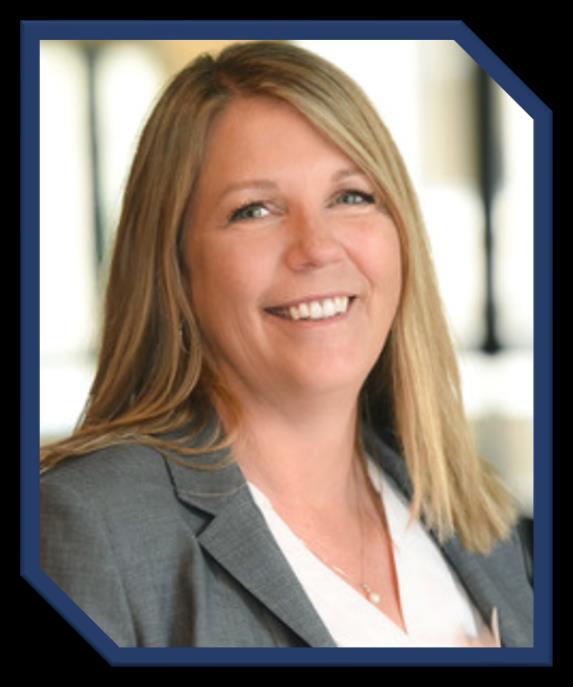
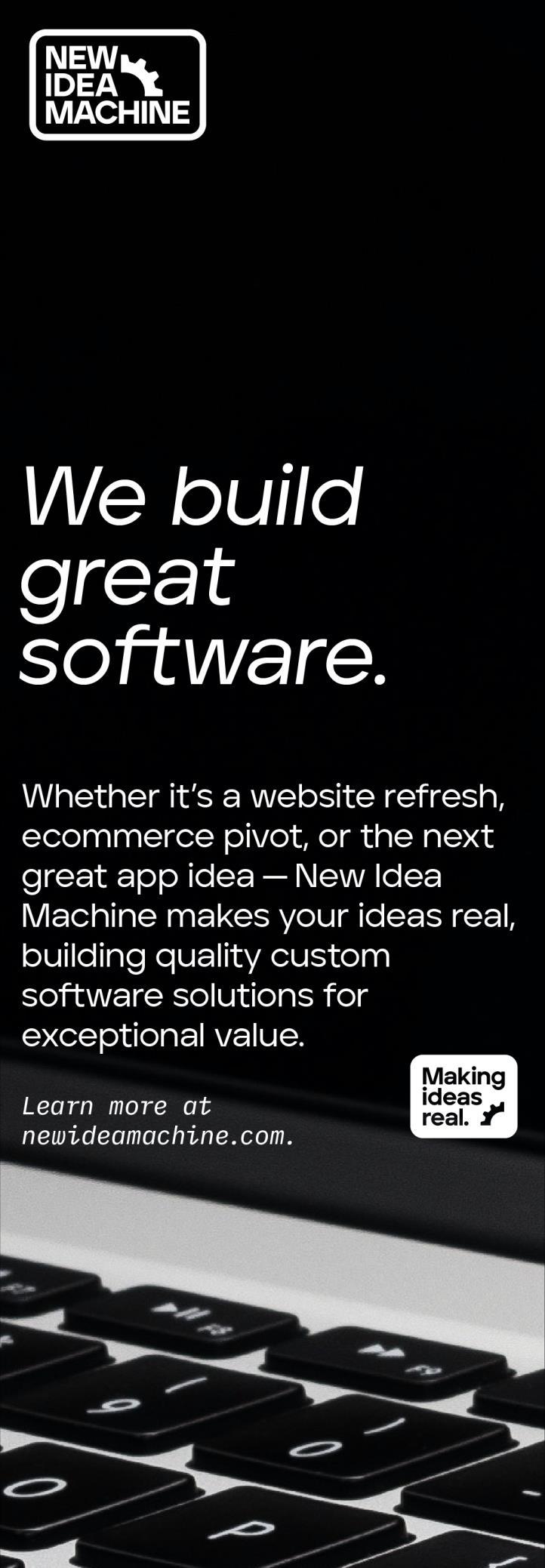


 Al Del Degan, Founder & CTO New Idea Machine
Al Del Degan, Founder & CTO New Idea Machine
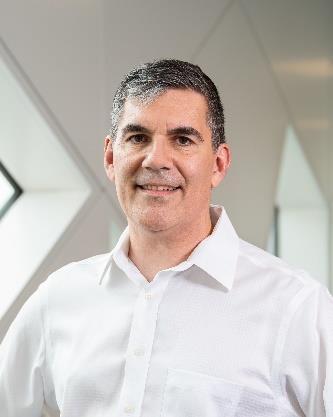
Everything has a good side and a not so good side. From religion right through to Oil & Gas and firearms, it is pointless to argue if something is good or bad because it all depends on context. In this article I want to highlight some of the areas where tech and innovation have had a positive impact on our environment.
There is no doubt that one of the biggest impacts in our world has been the invention of plastic. Unfortunately, with carelessness, apathy, corruption and lack of education, a heck of a lot of it has ended up in our oceans.
The Ocean Cleanup (https://theoceancleanup.com/about/) is a non profit organization developing and scaling technologies to rid the world’s oceans of plastic. Boyan Slat founded The Ocean Cleanup at the age of 18. The organization uses science and technology to understand where the ocean garbage is coming from and develop innovative solutions to both prevent more plastic from entering the ocean, but also to collect and remove plastic from the ocean where it gets properly recycled into newproducts.


3D printing can significantly reduce the amount of wasted building materials and even labour that is required to build a home. Homes can be produced directly on site in a highly efficient way, and the opportunity for original design can be limitless as the technology advances. Now, these technologies use concrete, which itself is not that great for the environment, however several companies are working on interesting alternatives that would be much better. The technology also offers opportunities to eliminate insulation and drywall and overall produce a home for much lower cost. This is a huge benefit to some poverty stricken countries that can take advantage of simple designs and quickproduction.
Although there are companies working on solutions to pull carbon dioxide (CO2) directly from the air, that technology is currently very energy intensive. Alternatively, there are technologies that capture and store CO2 directly at the source of production, like power plants and industrial facilities. The captured CO2 can be put into productive use in enhanced oil recovery and the manufacture of fuels, and building materials, or be stored permanently in underground geologic formations. These technologies help organizations operatebeingcarbon neutral.
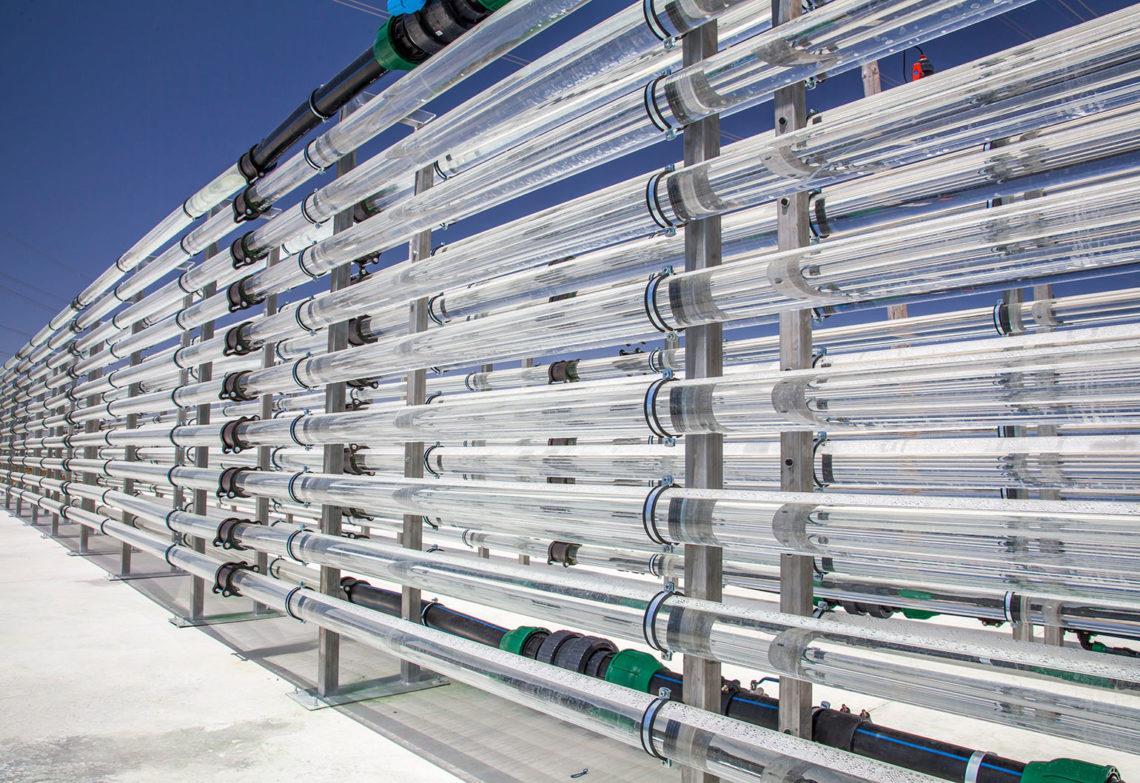
The concept of Smart Grids will enable local production of energy down to the household level. This is achieved by creating a two way communication between the source of the energy production and the point of consumption. The consumer can be better informed as to how much energy they are using at the time of use rather than at the end of the month when they receive their bill. It will also allow for the grid to better compensate for different needs and requirements for energy usage and provide for other clean energy opportunities.
Integration with smart homes can further improve operational efficiency and distribution intelligence can help energy producers optimizetheirproduction.

Most people when they think of blockchain they think of cryptocurrencies and NFT’s. In fact, although those are the most popular uses of the technology, it is extremely powerful as a way to track anything immutably in a secure way across the globe. One way that blockchain is making a difference with our environment is tracking carbon credits. Another way is tracking food products from farm to table and helping us better understand the entire life cycle of a product from its raw materials and ensuring ethical production.
As technology progresses, more innovative solutions will be created to help with better environmental stewardship. For every technological problem that we introduce, there is a technological solution. What we really need is open and creative minds to think of new ways of viewing problems so that solutions can be achieved that we have never seen before.
www.PeerGuidance.ca
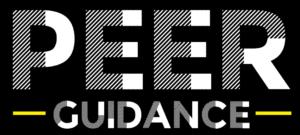
The story of how Spontivly started began when I left my job. I felt that I was lacking purpose, so I quit my job and interviewed over 300 people in the downtown core of Edmonton. I took the time to speak to a lot of international students, who all felt a lack of connection to their community. I realized that many people felt a lack of connection to their community, and that'show itall began.
2. Please share how you measure success, drive engagement, and increase customer lifetime value.
We pull analytics from community tool stacks and combine them into one platform. We are able to pull reports that showcase metrics like engagement, ROI on community, event attendancerates,etc...
These metrics and reports help community builders focus their efforts on what's working so that they can continue to add value to the customer experience, which leads to higher engagement.
3. You have expanded across North America. How did you do that, and can you share some tips on how you did this successfully?
Halle AndrewsIn terms of moving into a new region, the biggest piece of advice I can give is to go where you are supported. Find a location where there is support not just for you as a founder, but for your industry. Once you've found that place, partnering with local organizations in that region can really help in theearly stages of setting thingsup.

Spontivly is growing we're really focused on onboarding our customers and scaling the company. We are always hiring new development talent; we will be expanding the team in thenext yearto meetthedemand.
6. If you had one piece of advice for a startup or entrepreneur, what would that be?

 Blaise Hunter | Human Rights Consultant | Communications Expert
Blaise Hunter | Human Rights Consultant | Communications Expert
Going green is on an upward trend. We realize the need to reduce our carbon footprint and protect the world we live in. Though we all hate the cardboard straws, we accept them because we want to do our part. Every day we embrace new ways to make our outer world more sustainable but how often are we being accountable for sustaining our inner world? What does sustainability even mean? It is defined as “the ability to maintain a certain level” or “avoidance of depletion of resources.” Just like with the environment, if we’re not taking steps to make our mental, emotional, and physical lives more viable we won’t be equipped to cope effectively when we face difficult challenges.Our toxic coping methods today create a poisonouspath for our children tomorrow.

The Superpower Project is about highlighting various challenges or “kryptonites” facing people and helping us neutralize their effect on us. A deadly kyrptonitefacing us these days is we champion the coloured bins for our junk but lack a waste management plan for our mental garbage. This month Municipal elections are happening in my province and every candidate seems to have a platform that addresses a green framework. Wouldn’t it be amazing if every community committed to a sustainable planet and mental wellness simultaneously? We can’t call ourselves environmentally friendly or ‘going green’ if we don’t campaign, implement, and advocate for initiatives that support positive mental health for our citizens. Governing bodies must take a pro active approach rather than apply a reactiveBand Aid.
The future of the people depends on cities and towns expanding the very definition of going green and renewable plans. I would love to see mental health policies included in the strategic planning reports. Political platforms are carefully crafted with tactics and language that speak to their voters, but do they actually outline how they will solve the toxic environment today and tomorrow? I ponder if a radical approach would help. Can you imagine a council made up of professions and specialties that support the current and future needs of each community? Instead of twenty people running for eight or nine spots, have residents pick an expertise to run for. We could have a health and wellness category, one for business, another for a parent voice, spots for seniors, minorities, and the vulnerable.
There could be a role for marketing and innovative professionals, spiritual leaders, and human rights advocates. Lastly, we could reserve a position for the environmental trail blazer. Can you picture the ideas that would be birthed in those council meetings? I realize this is a drastic suggestion, but don’t you think we need revolutionary solutions?

If we continue to vote in the same concepts just with different faces behind them, we will ensure an unviable future. To confront the sustainable issue, we must change our mindsets first. We must be open to new and extreme notions. We must be calculated risk takers and make bold moves. We must set the example that to create a sustainable city, we must pave realistic pathways to get there. Our communities need to lead with a mind, body, green philosophy. How do we do this? We take immediate baby steps in our minds as a collective. Maybe we can’t change our politics in an instant, but we can play the long game. Let’s be a conduit for others to go green in their minds. This builds a solid foundation for our citizens. Then when people decide to run for council or any governance group, we will have inner and outer environmentally friendly ambassadors. I am issuing a challenge to my fellow citizens. Let’s put the invisible bins out daily and embody a green life.

“The future depends on what we do in the present”Mahatma Gandhi
Do you have a tough time saying no? We physically, emotionally, and mentally can’t always say yes. Setting boundaries can be tricky but if we don’t have a clear understanding of our borders, it’s pretty easy to get pushed around and burnt out. What are your limits? What are your top three values? You might want to do it all, but we aren’t superhuman. We must be reasonable with our expectations and what we can do to create a sustainable life.
In a world obsessed with productivity and efficiency, busy is normal. But when we don’t take time for ourselves it can easily lead to feelings of exhaustion, overwhelm, anxiety, depletion, inadequacy, and sadness. Self care is about being positively selfish. We have permission to look out for our basic needs. This sets us up to be more present with ourselves and others. Self-care is different for everyone. It’s about setting personal intentions and discoveringpeace. Lookfor soul soothing activities. Once we harness being grounded within, we provoke a cohesive and peaceful outer world as well.
We compost our food and rinse out the tins as a daily practice. We sort bottles and collapse the cardboard, but we lack that kind of care with all the mental trash. Stress causes poor food choices and less exercise. We end up overindulging on numbing agents rather than applying filtration systems. Alcohol and escapism ramp up while ourmental health
drops down. Limiting our consumption of toxins, social media, news, and big bouts of tv binging can assist in decreasing feelings of angst and help us to bemore present in our daily lives. Discovering healthy coping skills over distracting onesare key.
Reinforcements are essential to survive and thrive. Feeling supported is paramount for our mental health and well being. Spending time with those we love can help us feel cherished and refreshed. Relying on our friends and family is vital for the sustainability factor. We can’t always be up. It truly takes a village to create mental wellness for an individual. We must lean on each other to ensure continual support for future generations. Counselling and various healing outlets can also be a wonderful way to get support. We are not alone. Don’t believe the lie it’s just you who is struggling. We all experience hardships and we all require help to get through them. The reinforcements from our people become the ultimaterenewable resourcefor ourworld.
How good are we at understanding the body’s language? Our minds, bodies, and environments are beautifully intertwined thus eating well, engaging in movement, ensuring a good sleep, and listening to the body signals are ways to create a sustainable and solid framework for our mental health. If we are experiencing bodily pains, this means we aren’t being environmentally responsible or friendly. Heal by recharging the body battery so we can have a livelihood of longevity. Focus on hydration. Water is the pulse of our planet.
Following these steps creates a roadmap for a clean world. Our citizen’s sustainability is the superpower for our future. So, when its garbage day make an internal pile of coloured bins. Red is for all the frustrations and issues we have and cannot change in the moment. Put all those toxic feelings of anger in thetrash can. Process, Reduce, and Filter. Then place all the worry, sadness, anxiety, and grief in the grey bin and let the imaginary garbage truck take it away. Our lives get too clogged and bogged carrying all those heavy emotions around. Then in the yellow bin, let’s trade all the negative thoughts about ourselves for positive ones. Happy thoughts are another renewable energy. This practice is called a sustainable mindset. This kind of intention and green way of living will change our today and transform our tomorrow. For more communication strategies and to join the Heroine Movement visit www.blaisehunter.com.
You won’t be sorry when you check out Kelly’s Parenting Memberships!
A full yearmembership with convenient learningand live support. Strengthen yourself -your thinking, your actions, your perceptions so thatyou can strengthen your child! This is aboutmorethan bullying! $50.00 during the month of October! This is a gift! http://nosuchthingasabully.com/pare nt-memberships
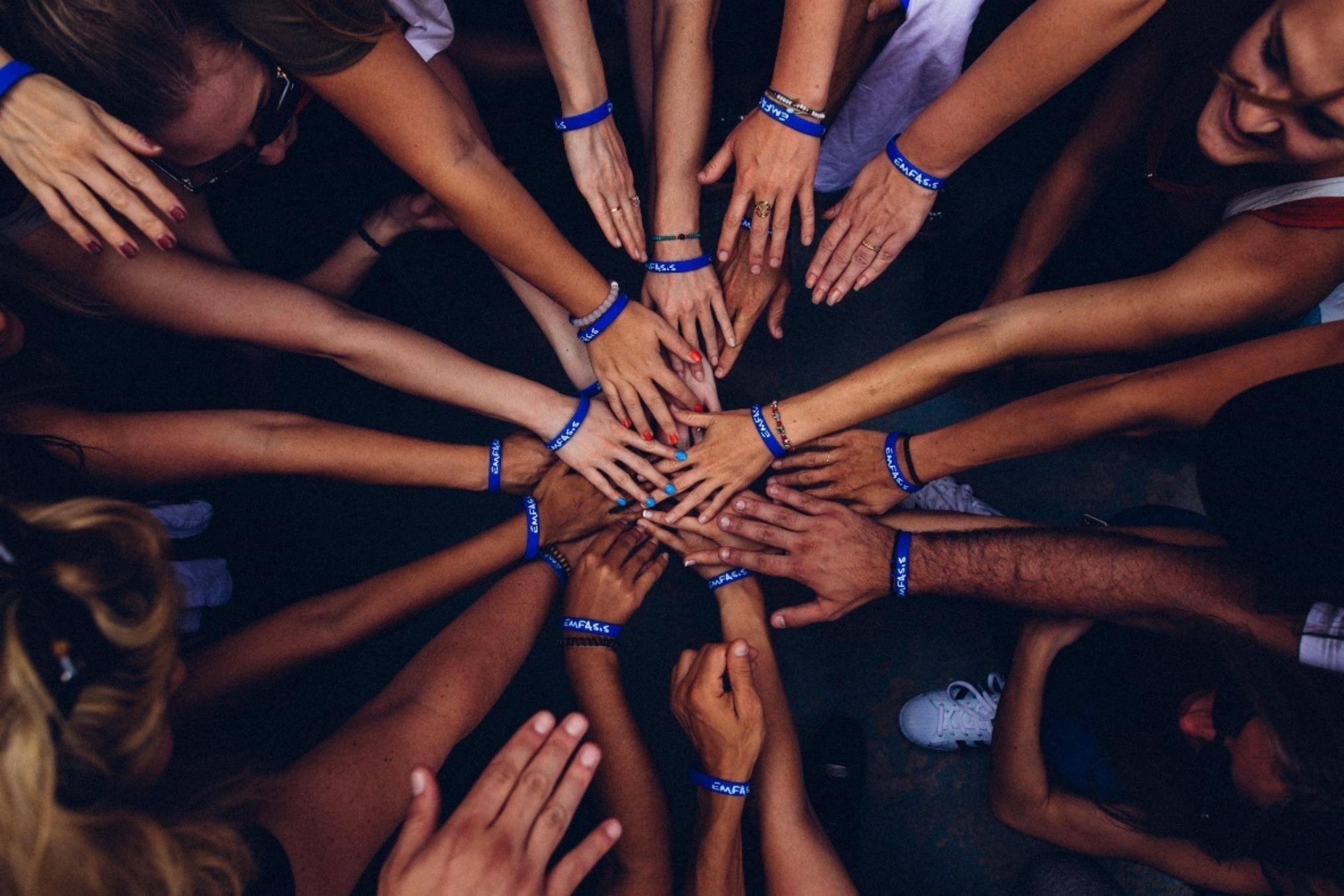

Banbury Crossroads is the first self-directed private school in Calgary!

Since 1979 we have offered full day Junior K to Grade 12.

We need to stop destroying animal’s habitats and cutting down trees. - Macey, Gr 4
Our community could try and recycle and compost more. –Tobie, grade 5
As a community to help the environment, go help clean up the areas that we see aren’t clean Chloe, Grade 5

Don’t litter on the floor or the beach. Pick up your garbage and throw it in the trash. Donate to the children’s hospital.
Joshua, grade 3


As we head into the fall and get back to work and school routines, it’s a great time to take a closer look at how you can reduce food waste. Did you know over half the food we throw away could have been eaten? Here are some tips to help makethemost of thefood you love:
Tip #1: Plan before you shop.
Check whatfood youhave beforegoing to thestore. Plan a meal or 2using ingredients you already have,touse up food beforeit goes bad.
Use a grocery list andmealplanner to avoid buying food you won’t use.
Tip #3: Make the most of leftovers.
Tip #2: Store fresh food properly.
• Wrap leafy greens inpaper towel & store in high humidity drawer.
• Store condiments & sauces in fridge door.
• Staples likemilk & eggs go on the middle shelf.
• Tomatoes, onions, potatoes & bananas don’t go in the fridge.
• Set asidethetop shelf of thefridge as an ‘eat first’ shelf or make sure you label ifputting inthefreezer to avoid findingmysteries later.
• Don’t judge a bruised banana or a funky lookingcarrot.Blemishedor unused producearegreatin soup, smoothies or baking.
Visit calgary.ca/foodwasteto learn more.



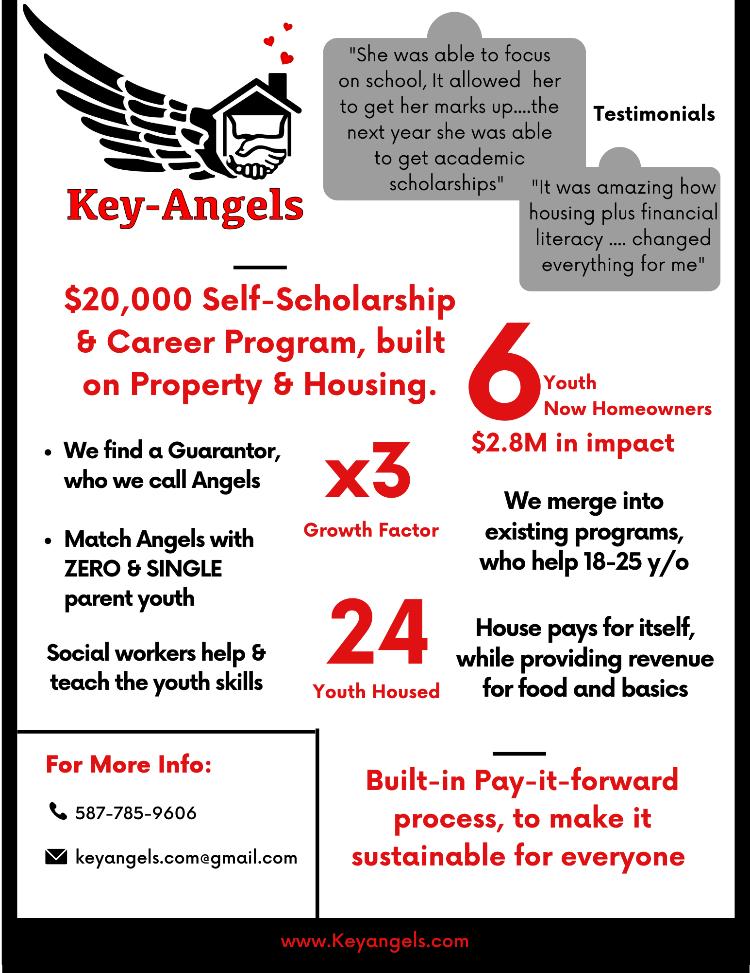 By Sophia Fairweather, Key Angels
By Sophia Fairweather, Key Angels
By looking after your money, you can look after yourself. Theworld isgetting more expensive,and many youths are feeling insecure and worry about their future.
So,start looking atwhatis hitting you the hardest.
Approximately 60% of your money goes to housing and taxes,so they are themost important areas to save on. Saving on food,a car, and other expenses is of course good,buttaxes and housing are thebiggestmoneysuck. Also, when I sayhousingI mean,mortgage\rent, utilities, furniture,insurance,and repair. You can seehow muchmoney gets dumped into this one thing,then of courseyou add taxes and there60% of your grossmoney.
A way of lessening isseeinghow you can use taxes and housing to lessen their very owncosts:
• Learn and start using tax credits and deductions
• Consider renting a portion of your housing.

But thebiggestpull away should justbe,being awarethathousing and taxes is what60%of your incomegoes to. Thenif you learn and experiment, find ways to leverageit to saveor profit,theyare goingto be thereanyway.
Tip:Grossmoneymeans your total money,before taxes and other expenses
Tip:Tax credit replaces whatyou spent on somethingdollar for dollar
Tip:Tax Deductions lowers overall tax youneed to pay,but you don’t get money back
Fair Wages, and support will help end the staffing crisis for theDisability Workers of Alberta.
Let’s stand behind them so they can do their job’s.
My name is Dale Cena and I represent a collective of nearly 15,000 disability workers across Alberta who are determined to resolve the current staffing crisis that is impacting our ability to provide essential services.
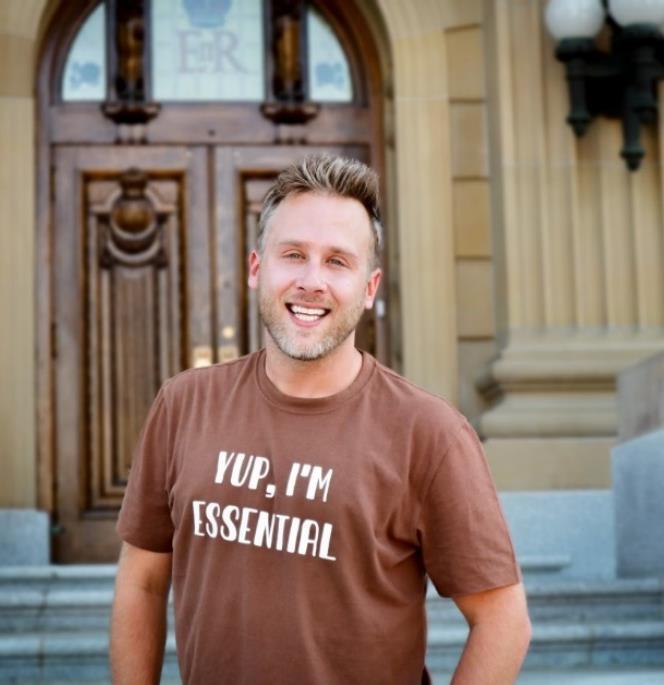
Members of our collective – as well as workers in our field have not seen a wage increase since 2014.
Yet, since that time, the cost of living has increased by 15% and the average hourly wage in Canada across all sectors hasincreased bymore than 27%.
This has had an extremely negative impact in our field: disability worker retention rates have fallen dramatically, making it extremely difficult for community based employers to recruit qualified staff to provide essential services to Albertans with disabilities.
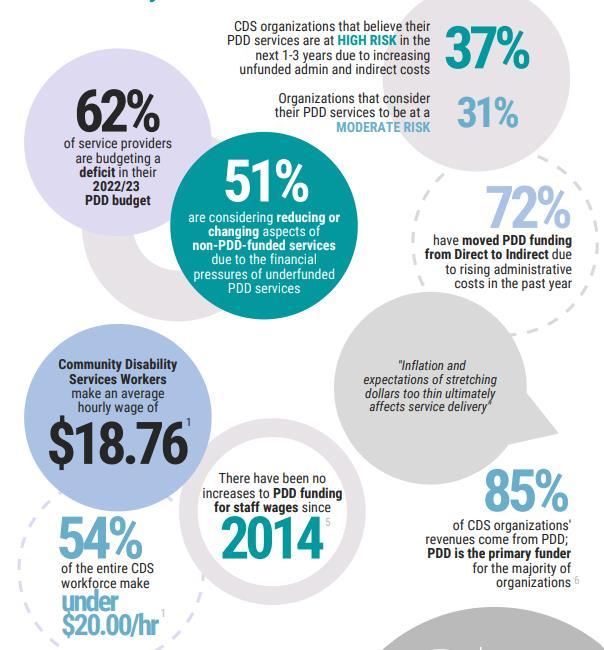
To help remedy this situation, our collective is calling on the Government of Alberta to begin a conversation with disability workers aimed at finding ways to support the thousands of us that provide an “essential” service to our society.
https://www.change.org/p/ucp alberta government essential but forgotten campaign
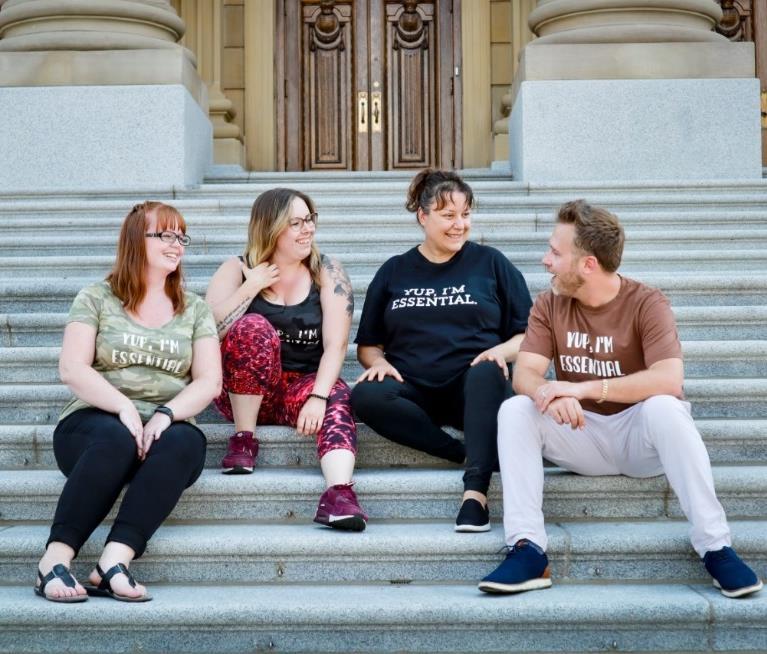


“ASKING FOR HELP IS NOT A SIGN OF WEAKNESS”




